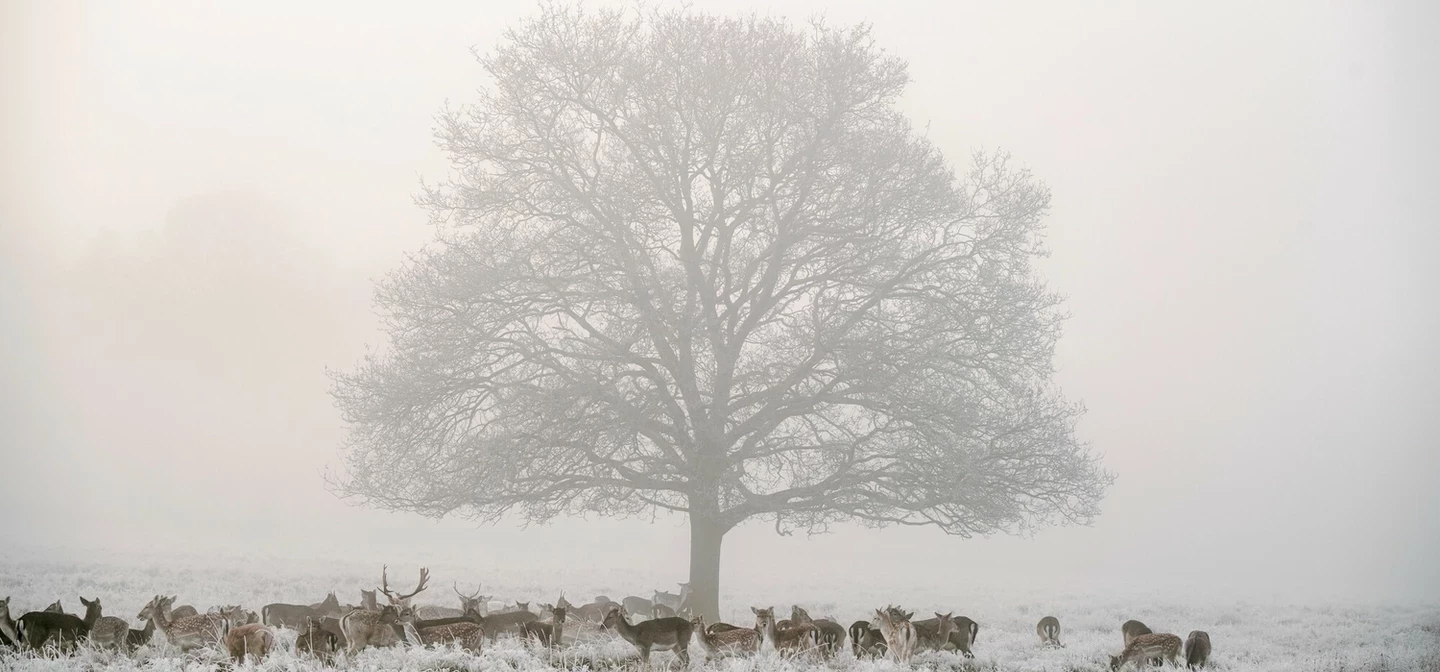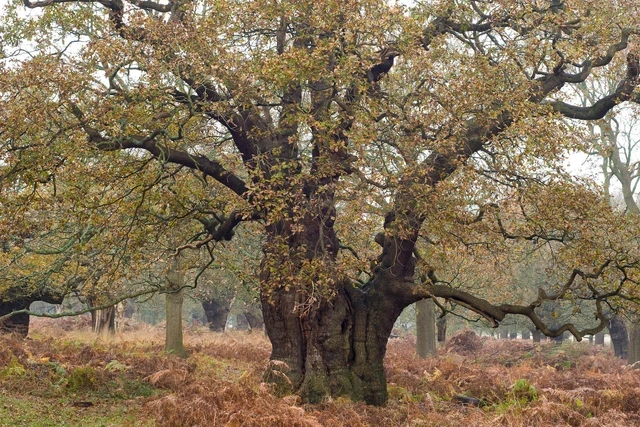
Welcome to Richmond Park
This extraordinary landscape has been shaped by nature for over 700 years.
Key information
Its ancient woods, rolling hills and wide-open grasslands are bursting with life – from historic herds of deer to birds, invertebrates, fungi and wildflowers. It’s no wonder that the park is London’s largest Site of Special Scientific Interest and a National Nature Reserve – there’s nowhere better to experience the great outdoors so close to the capital.
Explore the spectacular Isabella Plantation with its extravaganza of bright azaleas, venture up King Henry’s Mound to admire distant views to St Paul’s Cathedral or hire a bike to enjoy a leisurely cycle as you take in the sights.
Around the perimeter of the park, you’ll find the Tamsin Trail – a scenic route of just over 7 miles, popular with joggers and hikers. For a more leisurely visit, head to pretty Pembroke Lodge. This historic Georgian mansion boasts elegant tea rooms and picturesque gardens with sweeping views over the Thames Valley.
Spend the day in the company of kestrels, fallow and red deer, and meadow butterflies. Richmond Park is a National Nature Reserve, a haven for rare or endangered species such as stag beetles, bats, and moths. The park is home to a variety of natural habitats, including ancient anthills that date back 150 years and an oak tree estimated to be 750 years old. The 600-strong herds of red and fallow deer have roamed the park since 1637, providing a unique connection to the park’s past.
If you’re into history, there’s plenty of it here. The park can trace its origins back to 1625, when Charles I brought his court to nearby Richmond Palace to escape the plague sweeping through London. He turned this landscape into a hunting park, filled with red and fallow deer. Amazingly, some of the trees that Charles would have ridden past still stand today.
Discover more about Richmond Park
-
Meet Richmond Park’s Shire horses
Richmond Park’s Shire horses offer Carriage rides to the public and are also working horses.
-
Autumn walkthrough: Isabella Plantation in Richmond Park
Take a mindful autumnal journey through Richmond Park's Isabella Plantation, one of London's autumn highlights.
-
Fungi in the Parks
We've been taking autumn walks through the parks to survey and record an incredible array of fungi, slime moulds and lichen.
